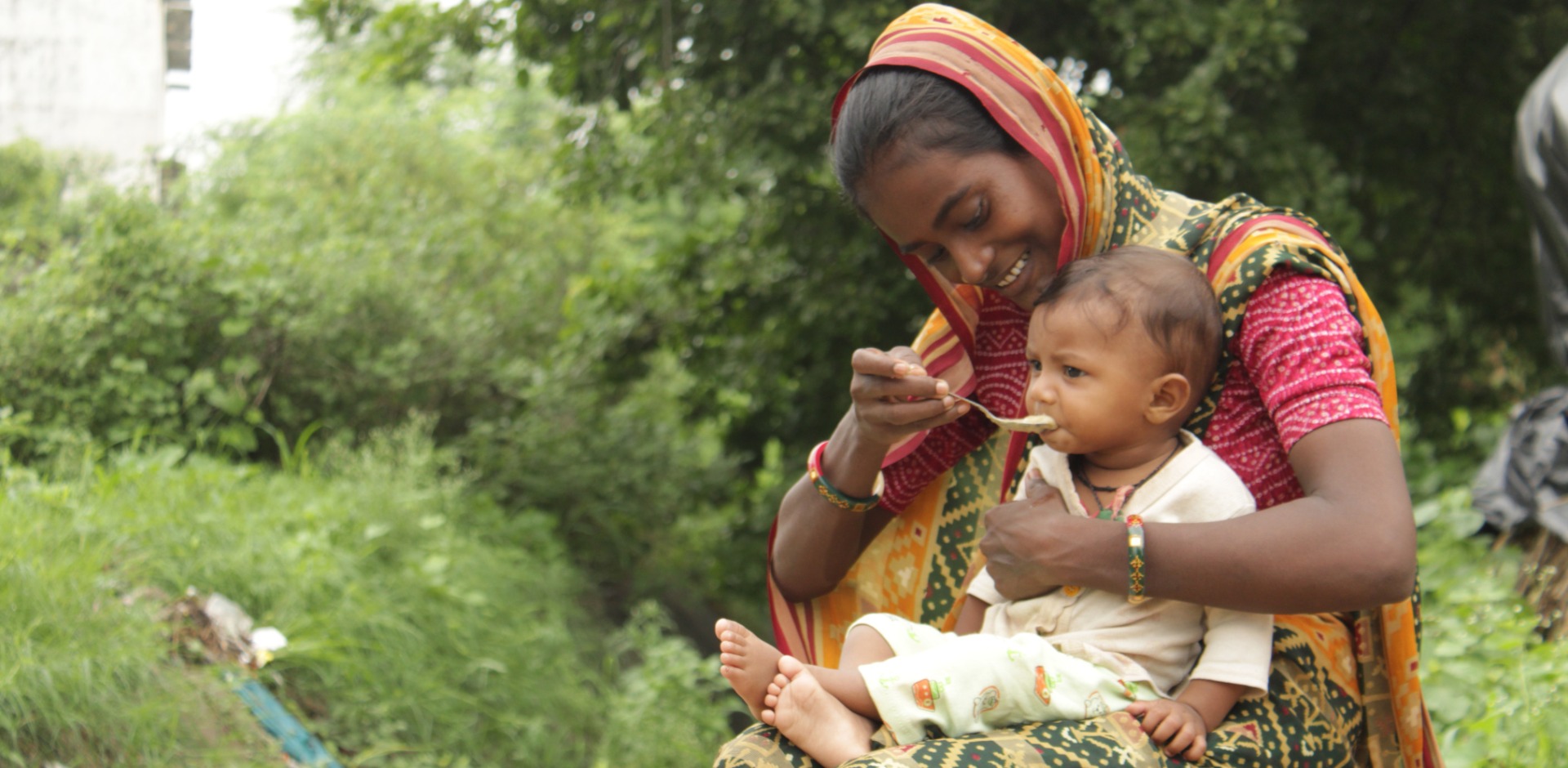
This Holiday Season, Give the Gift of Hope
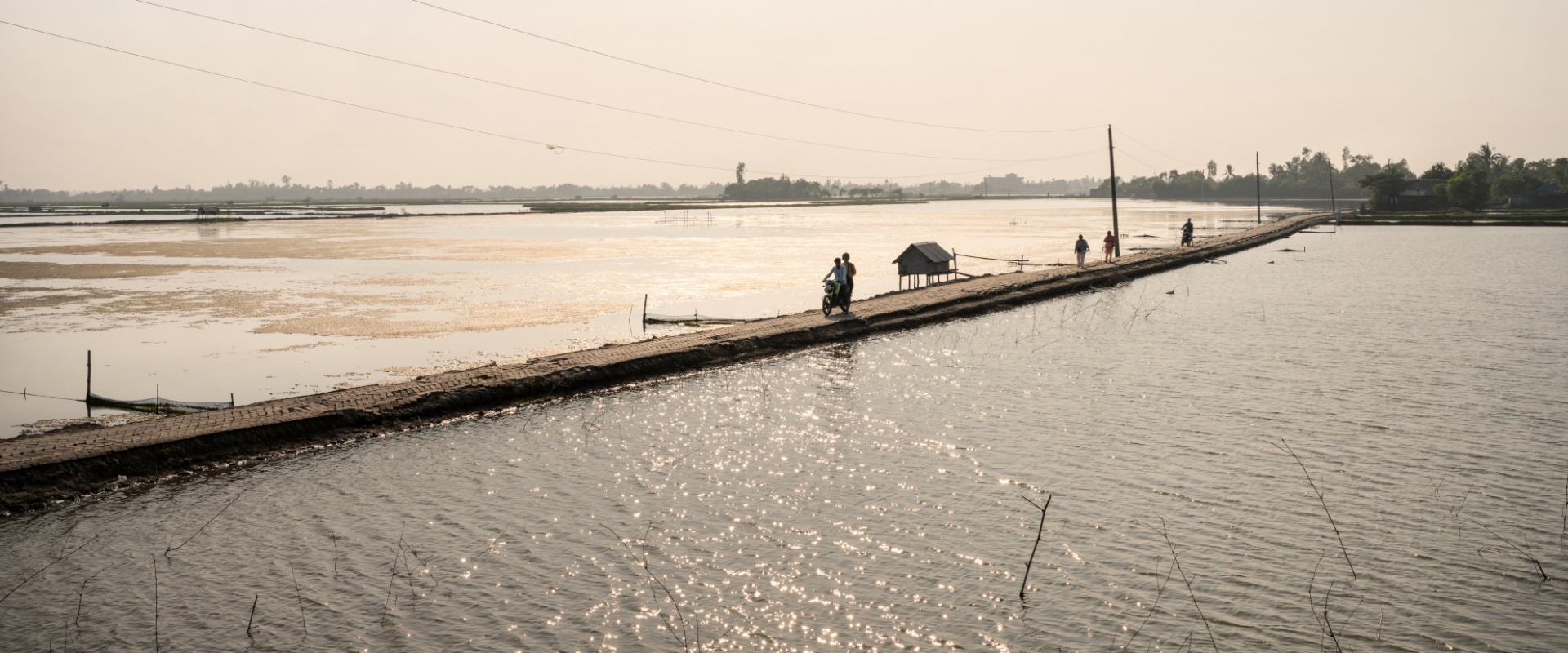
One in 11 people are dealing with severe levels of food insecurity, which the United Nations reports poses “grave risks to their health and well-being.” But how can we prepare for – or better, prevent – further deteriorations in communities facing this chronic problem? Monitoring situations and forecasting where things are set to get worse is crucial to saving lives.
That is why Action Against Hunger is working to identify the early warning signs of rising hunger and malnutrition. By forecasting hazards and predicting likely emergencies, we can work with our partners to pinpoint when and where to focus our resources for the greatest impact.
In Eastern Africa, Modeling Early Risk Indicators to Anticipate Malnutrition (MERIAM) is Action Against Hunger’s latest early warning tool under development. It aims to forecast elevated malnutrition prevalence rates and caseloads up to 12 months in advance, significantly longer than the 3-4 months projection horizons offered by existing systems. It complements other analytical processes by zooming in on the condition of children under five, who are particularly vulnerable to malnutrition, and enabling more frequent updates of how the situation is set to evolve. Pilots are currently under development in Ethiopia, Kenya, Somalia, and South Sudan.
In Central America, Action Against Hunger’s PREDISAN tool is monitoring and nowcasting food security across Guatemala, Honduras, Nicaragua, and El Salvador. The platform utilizes advanced machine learning tools, satellite imagery and remote sensing to identify the most vulnerable areas and estimate the number of people at various levels of food insecurity. Together with DATAface, it helps to better understand which populations are most affected by food insecurity so we can take targeted action.
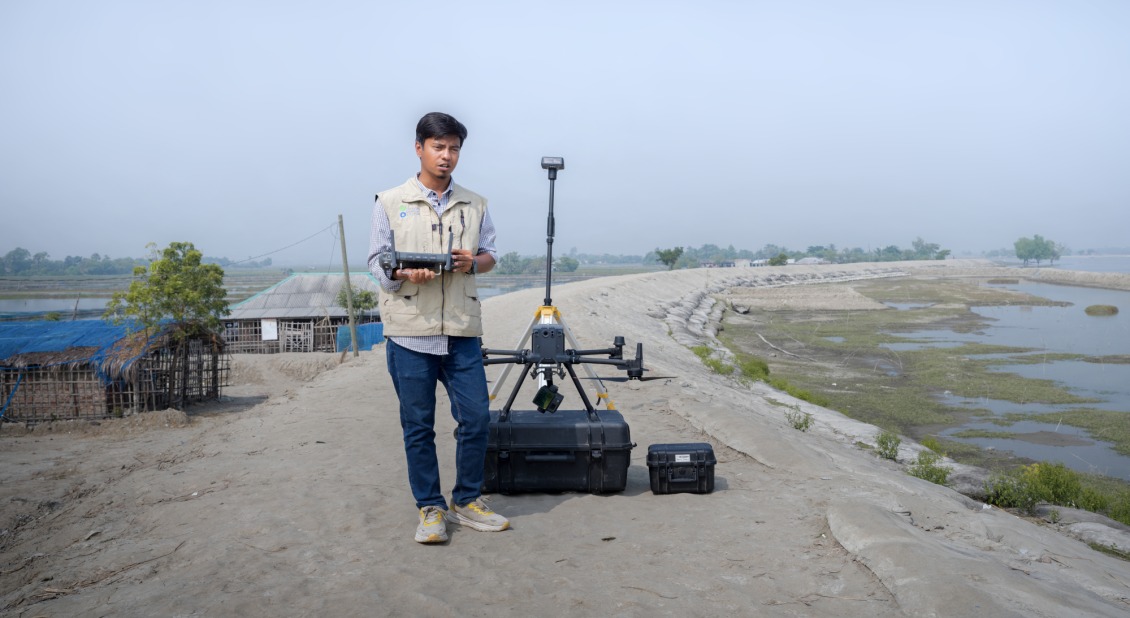
Early warning systems are crucial tools that integrate hazard monitoring, disaster risk assessments, forecasting and communication to enable individuals, communities, governments, businesses and others to take timely actions to reduce disaster risks in advance of hazardous events (see e.g. REAP, 2022).
In South Asia, Action Against Hunger is focusing on new prediction capabilities in places most at risk. For example, an estimated 23.6 million people are food insecure in Bangladesh. Hunger is made worse by the country’s vulnerability to climate shocks. Cyclones and floods are a recurring threat to agriculture and livelihoods – and one that is growing worse due to climate change. By leveraging machine learning and predictive modeling, AI can detect early warning signs of potential hunger crises, such as those caused by extreme weather events in Bangladesh.
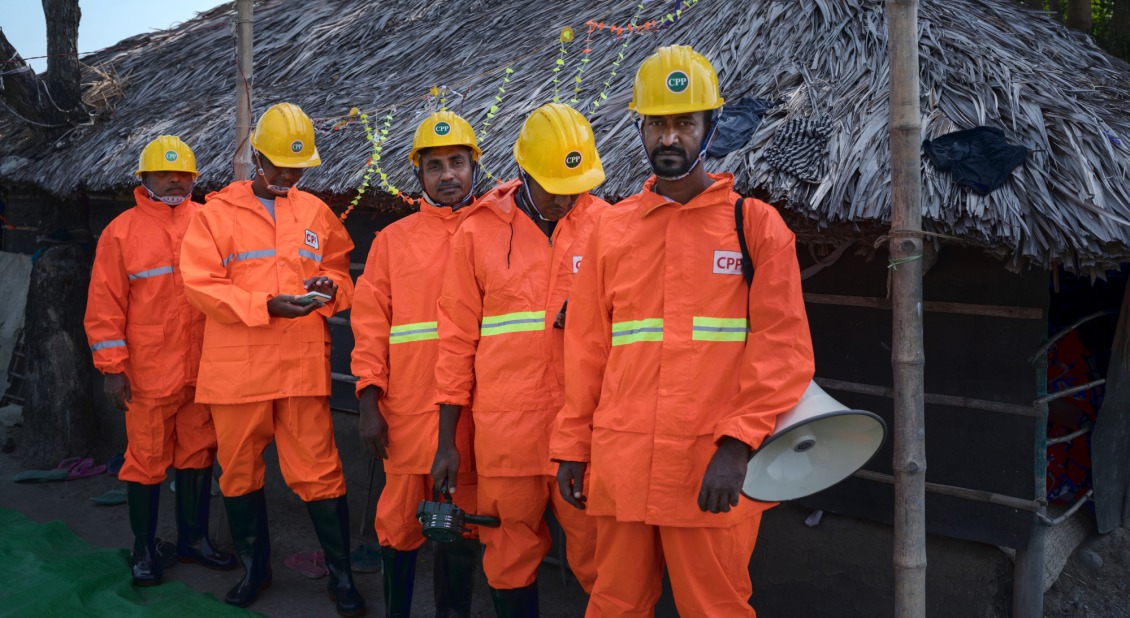
While significant progress has been made on early warning systems for cyclones via the STEP Project, tidal surges can be equally destructive and lack warning systems. That is the focus of promising projects like SURF-It (Support for Spatial Surge Forecasting Using Artificial Intelligence and Community Knowledge for Inclusive and Transformative Early Actions). This project will use AI to anticipate tidal surges, which are responsible for coastal flooding. AI monitors are installed along vulnerable coastline communities to sense water velocity, height of the tidal surfs, and other key indicators. The system sends all of this data to a central server. Action Against Hunger monitors the real-time data and notifies people of potential threats through text messages.
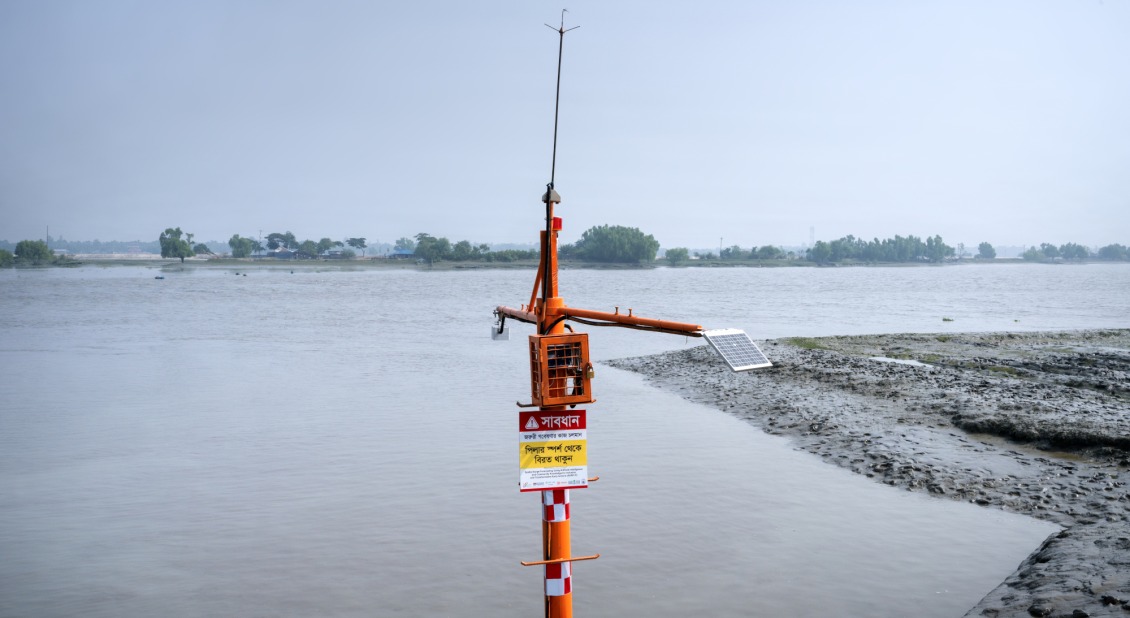
The idea of SURF-It is to understand the scope of the loss and damage to be expected from tidal surges “so people can better anticipate that tidal surge event and then they take some action in advance to save their standing crops,” said Tapan Kumar Chakraborty, Action Against Hunger’s Deputy Country Director for Bangladesh. “[Communities] will get this information so they will have two or three days to save their productive assets, to harvest their crops a bit earlier, and to take their livestock to safer places.”
These early-warning measures can make a meaningful difference for marginalized communities. For example, when cyclone Remal made landfall, it was the worst storm to hit Bangladesh in over a decade. While it caused widespread damage, people were prepared. Action Against Hunger had sent out early warning messages to those living in at-risk areas and provided guidance on how to stay safe and protect assets from homes to animals.
With help from the European Union, Action Against Hunger also provided approximately $40 in cash advance to 2,000 of the most vulnerable people so they could buy whatever they needed most urgently to prepare before the storm made landfall. Cash assistance is one of the most effective ways to help families in need. One recipient, whose house is made of wood and corrugated metal on a dirt floor, used the funding to secure their home by tying parts of it to a nearby tree. They also bought mesh to protect their small fishpond so the fish wouldn’t be washed away and bought dried food to eat. These small steps made a big difference in helping the family weather the storm while lowering the risk that they would go hungry once the skies cleared.
With a continued focus on predicting hunger hotspots and providing early warning to those most impacted, we can intervene early to stop hunger in its tracks.
Join our community of supporters passionate about ending world hunger.